The history of Tintagel and the enduring appeal of King Arthur, a millennium and a half after his reign
Richard Lea reconstructs the history of Tintagel and the legend of King Arthur.
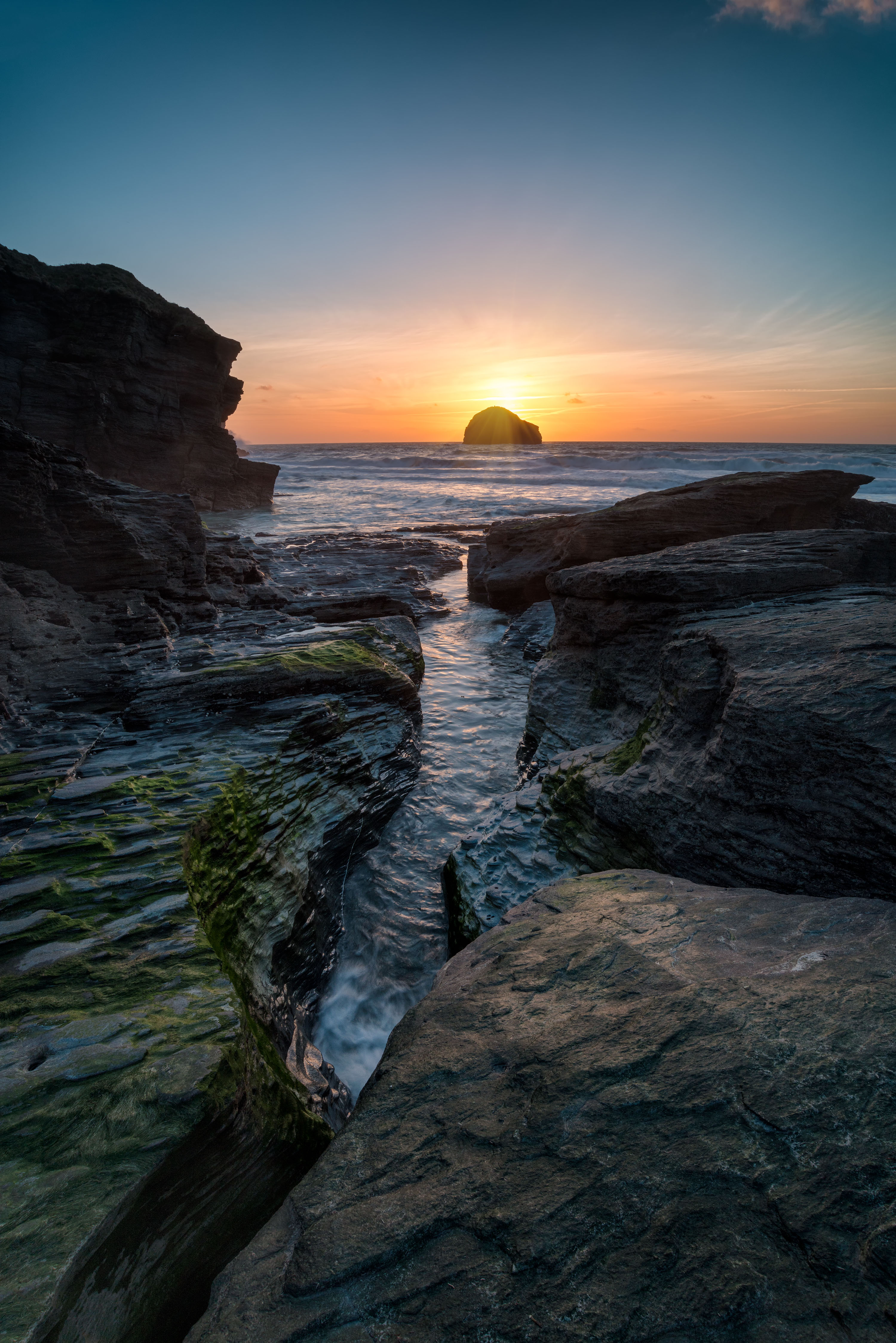

Each year, thousands of holidaymakers flock to Tintagel, drawn by its connection with the figure of King Arthur. Now, almost every establishment in the village bears witness to the legend, either through its name or through its merchandise. The association with the ‘Once and Future King' is ancient. It was first documented in the 12th-century writings of Geoffrey of Monmouth, who identified Tintagel as the place of Arthur's conception. Such was the narrowness of its approach, he claimed, that it could be defended by three men.
The site that clearly fits his description is not Tintagel the village, which, until about 1900, was known as Trevena. Rather, Monmouth's text relates to the nearby headland nearly separated from the mainland by coastal erosion, accessible now only by a narrow bridge and a steep flight of steps. Historic Tintagel is now a large expanse of rock, exposed to the Atlantic winds and barely covered with soil and grass: the air is fresh, the view spectacular.
Littered about the site are the slight remains of human activity, the ruins of a medieval castle and the low walls of a large number of Dark Age huts. The site is highly evocative of Arthurian romance and mystery, but what do we really know of its history? Quite as important, how much of the site has been lost to the sea by erosion?
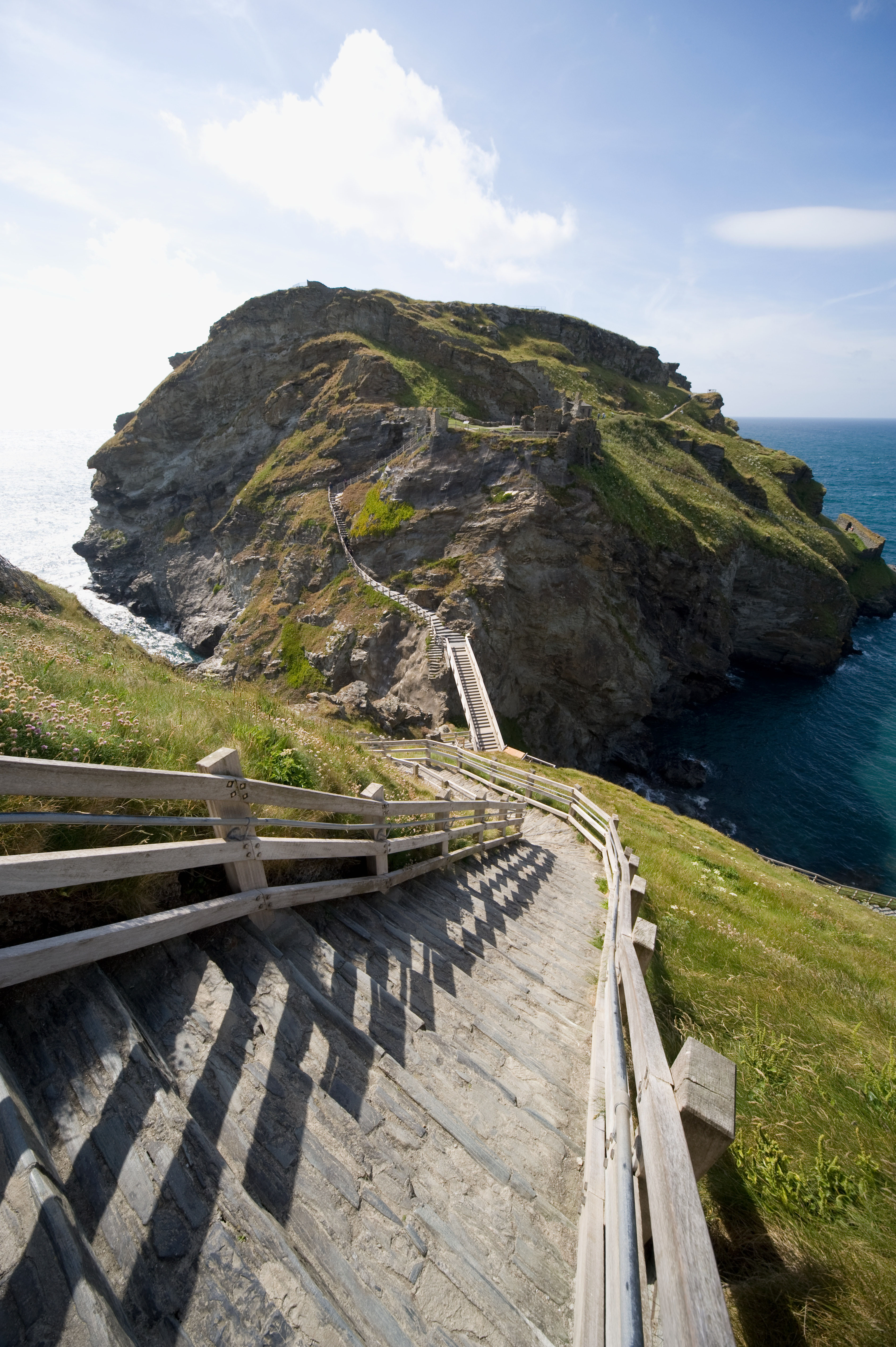
A glance at the cliff face at Tintagel reveals a complex pattern of folds and faults in the rock strata. The pattern is repeated at other sites along the coast where the coastline is receding, leaving islands of rock detached from the mainland. The isthmus between the headland and mainland is where this process of erosion is most evident. The visitor who now ascends the steps to the headland will see concrete and nets strung across the cliff face to inhibit this natural process of decay.
It was to understand this process of erosion that English Heritage developed a three dimensional computer model, based on archaeological surveys and other historical data. Plans of 1890 and 1934, for example, respectively show the diminution of surviving ruins. The model focuses on the narrow neck of land linking the headland to the mainland, and it can be viewed in stages. If we think of Arthur as a king in post- Roman Britain, then the archaeology of Tintagel has much to recommend its association with the legend.
Strewn across the headland are the remains of more than 100 rectangular huts. Some were excavated in the 1930s, but many more were exposed to view during a turf fire on the headland in 1983. The platforms are rectangular in plan, their remains consist of low stone walls. These probably supported modest timber and turf superstructures with local slate or thatched roofs.
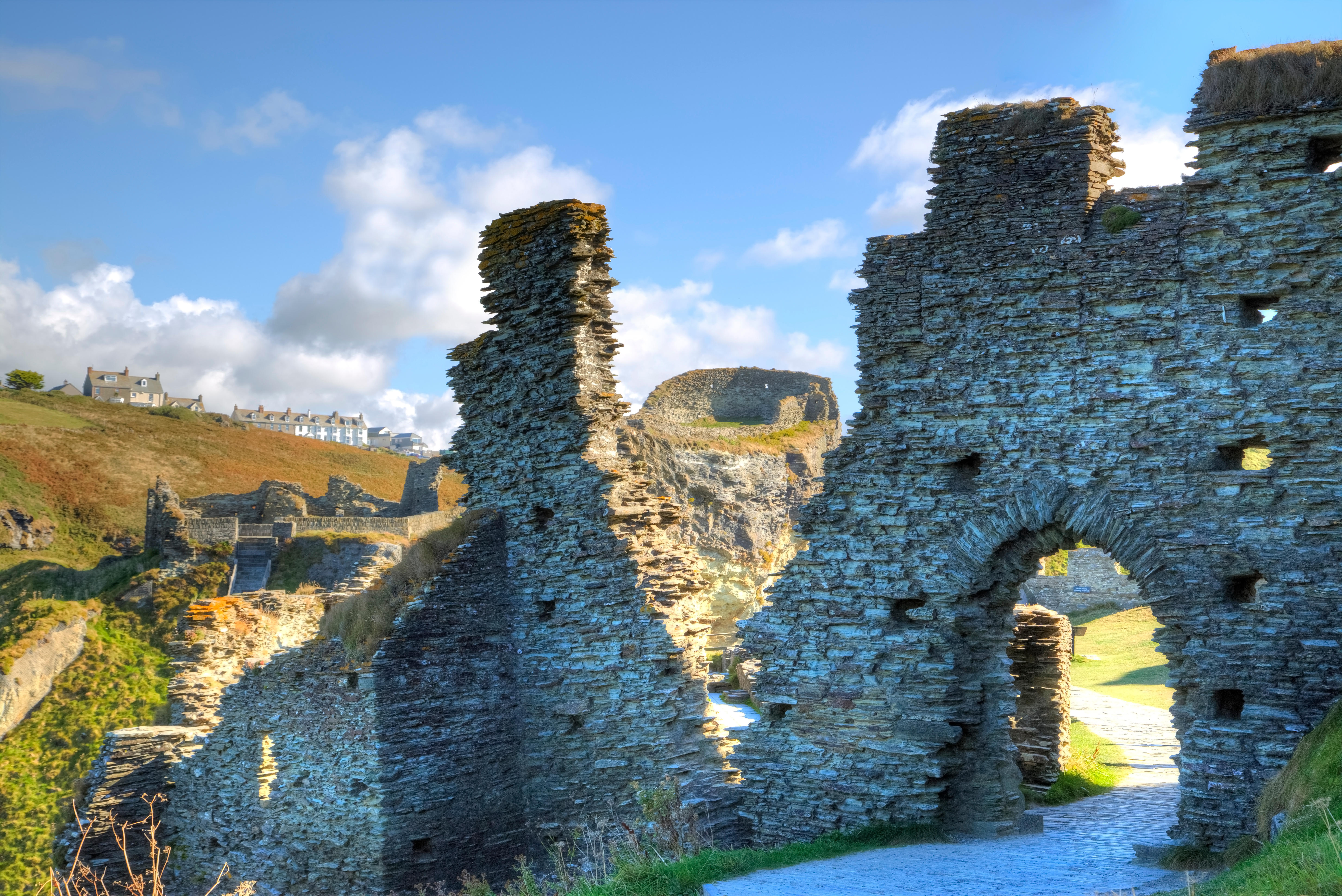
A programme of excavation in the 1980s recovered pottery and glass manufactured in the Mediterranean in the 5th to 7th centuries AD. The quantities of finds suggest that Tintagel was a thriving centre for trade, and the bay to the west of the headland, with its sheltered beach, was a perfect natural harbour. A cliff and ditch that still survive on the mainland were adapted to create a landward defence for the headland.
Sign up for the Country Life Newsletter
Exquisite houses, the beauty of Nature, and how to get the most from your life, straight to your inbox.
The exposed nature of the site raises questions about how it was used. It may not have been occupied throughout the year, but only on a seasonal basis. Some parts are more sheltered from the prevailing west wind, which might have encouraged concentrations of occupation.
There is little evidence that the headland was inhabited from the 9th to 11th centuries, but it is probably no accident that its regeneration coincides with the burgeoning popularity of Arthurian romance in the 12th and 13th centuries. Across Christendom, Arthur became a familiar figure, his exploits celebrated in chivalric romance, in art and as make-believe in tournaments.
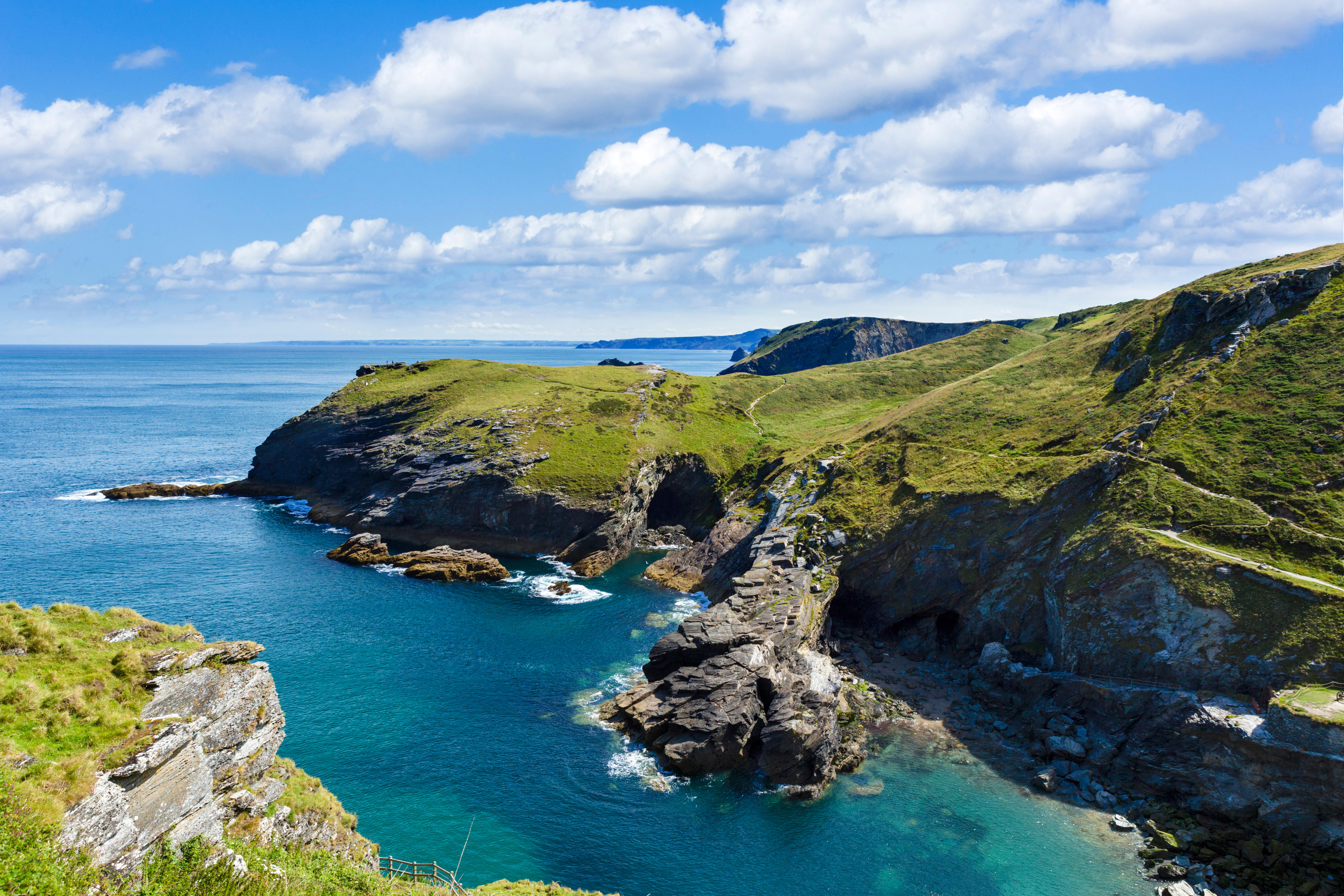
In 1233-36, Richard, Earl of Cornwall (1209-72), the younger brother of Henry III, and later King of the Romans, acquired Tintagel and built a castle here. The site was of little strategic value and the castle was not particularly impressive in architectural terms: its largest structure was the great hall. From the documentary records, it seems that he spent very little time there, if any. On the face of it, therefore, his occupation of the headland is slightly mysterious. The most obvious explanation for it is that he wanted the prestige of owning the site on which Arthur was conceived.
Very soon after its first construction, the hall had to be buttressed, presumably because the land around it was subsiding. At the same time, the inner court was closed off from the headland by a curtain wall and a detached kitchen was built at the end of the hall.
Less than 100 years later, the castle had fallen into ruin. A survey of the properties of the Duchy of Cornwall taken in 1337 describes Tintagel as ‘a walled castle in which there are two decayed chambers over the two gateways, one sufficient chamber with a kitchen for the constable, a decayed stable for eight horses, a cellar and a ruined bakehouse. And it should be noted that the timberwork of the great hall of the said castle was dismantled by order of the lord John (of Eltham) formerly Earl of Cornwall because the hall was ruinous and its walls of no value. And the said timber remains shut up in a certain building there. There is a sufficient chapel therein in which there is a priest celebrating divine service daily'.
This is the most complete description of the medieval buildings. Given its location, it seems reasonable to presume that its poor condition was at least partly the result of erosion. Indeed, one detail of the survey proves it: the mention of two gatehouses.
Only one exists today, so where was its partner? Most likely, it stood on the narrow neck of land between the mainland and the headland, between the inner and the outer castle wards, and has been lost to the sea. In 1386, Richard II commanded the repair of his castles at Tintagel and Trematon against possible attack by the French.
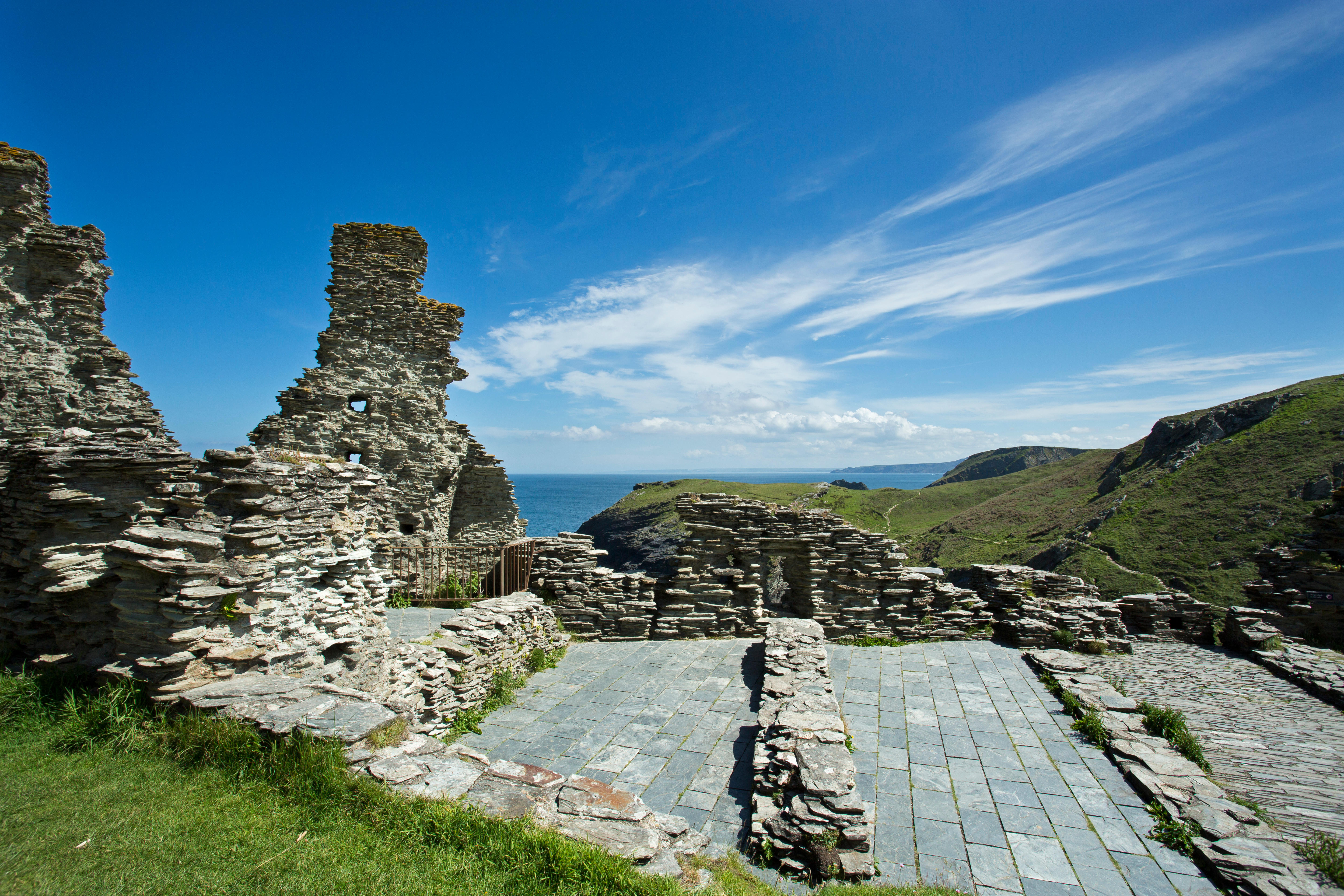
As a result, £34 16s 8d was spent in the same year on repairs to the walls at Tintagel. This probably included the addition of towers to the outer ward and the rebuilding of its west wall. The latter is likely to have replaced an earlier structure that had collapsed into the sea, and sections of it have subsequently been swept away in turn. Possibly associated with Richard II's changes, a smaller two-storey house was built on the site of the great hall, and the kitchen subdivided and extended.
In 1583 Sir Richard Grenville (1542-91) undertook a survey of defences in Devon and Cornwall in anticipation of an attack by the Spanish Armada. His plan of Tintagel notes ‘the place whair the drawe bridge was' in the gap between the headland and the main- land. This must refer to the second gatehouse cited in the 1337 survey. The gap was less wide and still capable of being bridged when John Leland noted in his Itinerary of about 1540 that two of the castle wards were ‘woren away with gulfyng yn of the Se, in so much that yt hath made ther almost an Isle, and no way ys to enter ynto hyt now but by long Elme Trees layde for a Bryge'. By the 17th century, the castle was abandoned.
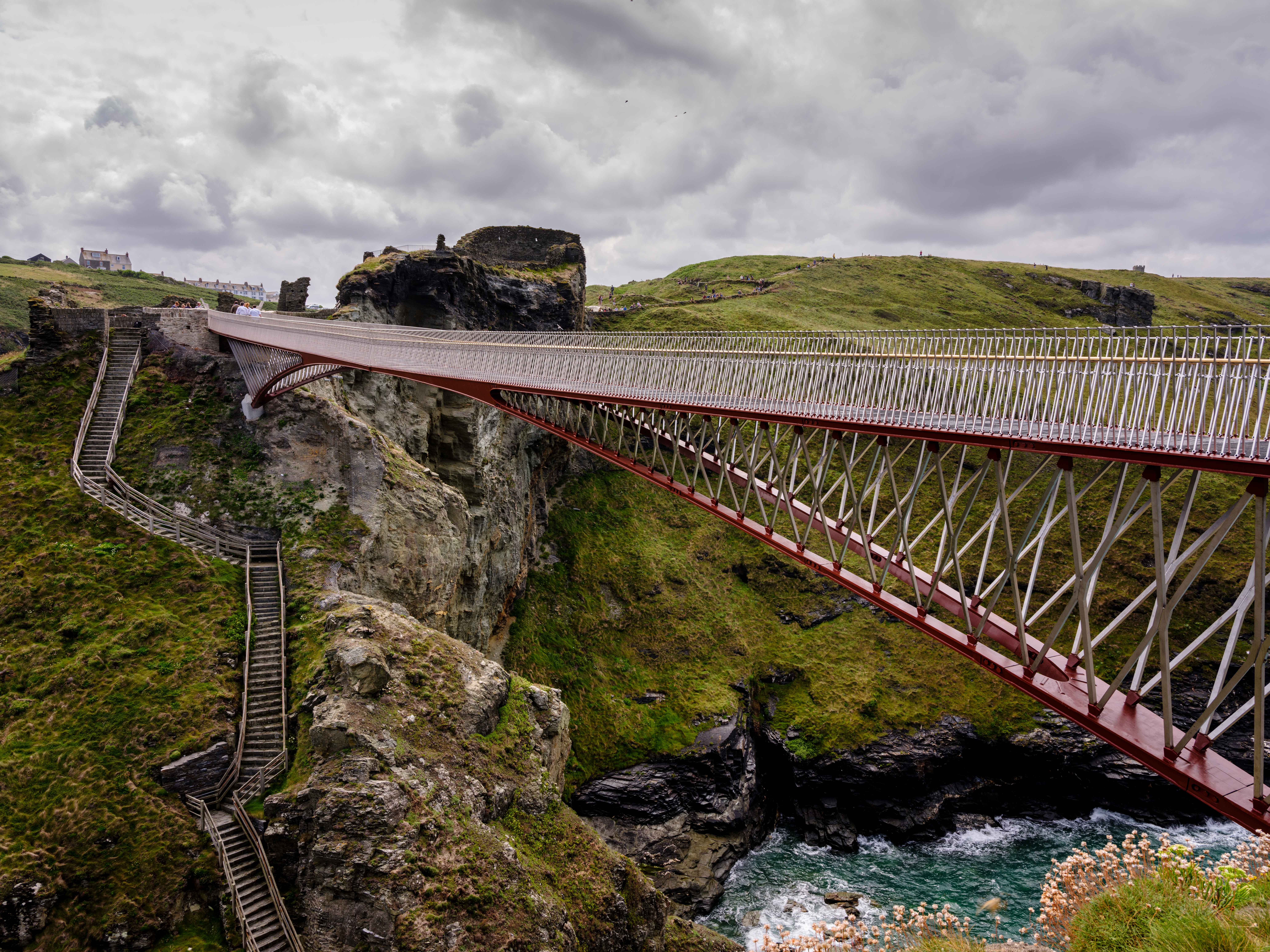
The area around Tintagel was mined for slate, copper and tin as it had been probably at least since the Roman period. Only in the 19th century did interest in the site and Arthurian legend revive. A particularly important influence on the process was Alfred Lord Tennyson's Idylls of the King, 1859-85. In the same period, Richard Byrn Kinsman, vicar of Tintagel from 1851 to 1894, restored some of the walls and began to show visitors around the site.
In 1899, King Arthur's Castle Hotel, now the Camelot Castle Hotel, was built in the village overlooking the headland. Visitor numbers continued to rise, and, in 1933, Frederick Thomas Glasscock opened King Arthur's Hall of Chivalry in the village to satisfy the tourists' demands for all things Arthurian. In the 1930s, the archaeologist Ralegh Radford also undertook a major excavation of the site. He was convinced that the early remains on the island werethose of a Celtic monastery rather than a residence for early Cornish kings, as is now generally supposed.
Little by little, through the action of the sea and the weather, the gap between the Tintagel headland and the mainland continues to grow. Only by projecting the patterns of erosion backwards can we rescue a sense of what historic Tintagel looked like. In the process, we can understand the changing face of this reputed site of the conception of King Arthur.
This article originally appeared in Country Life in 2010.
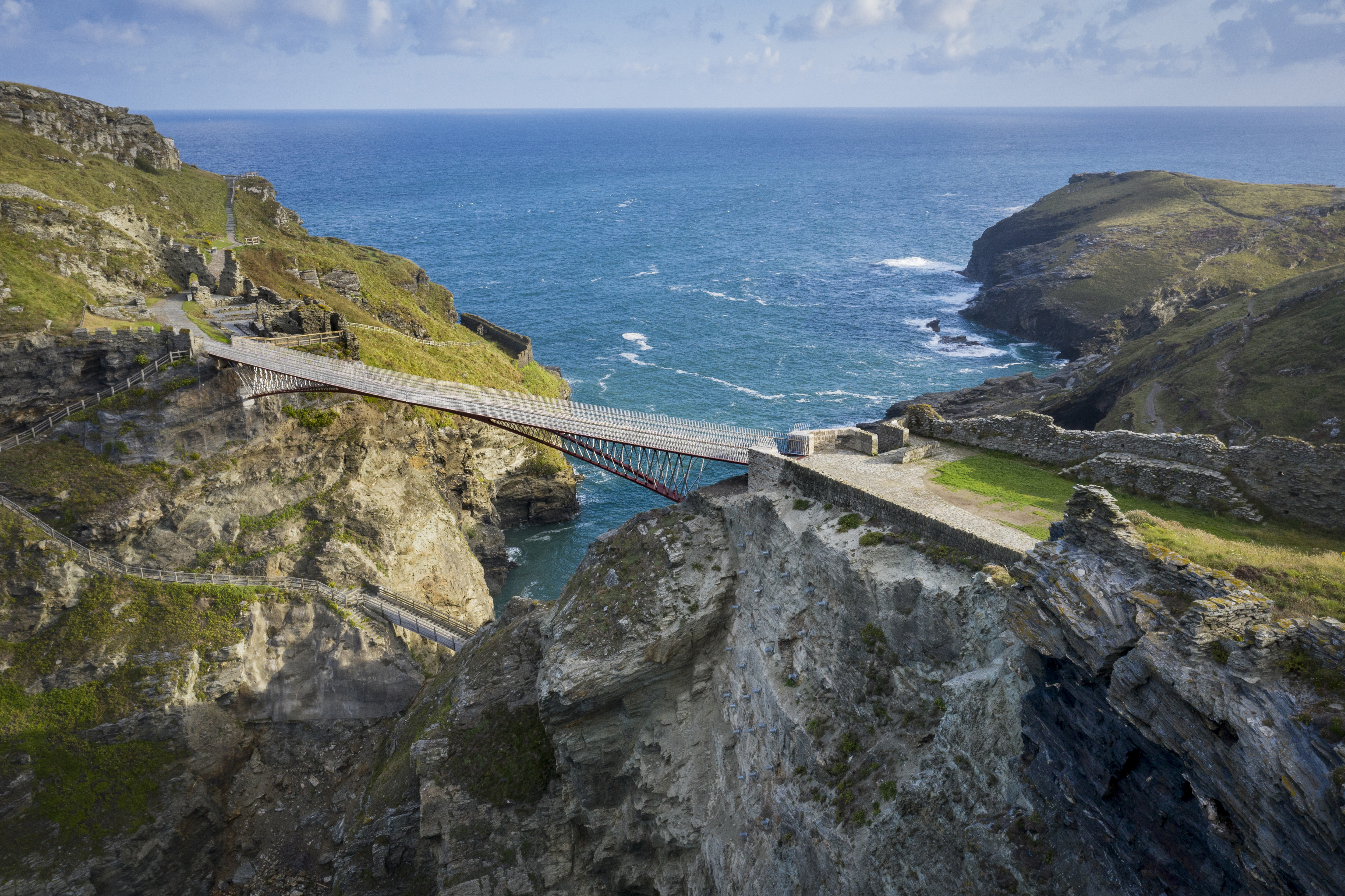
England’s best view? Tintagel, Cornwall, where seas of turquoise crash on slate tinged with copper
Simon Jenkins chooses Tintagel, Cornwall as one of England’s best views.
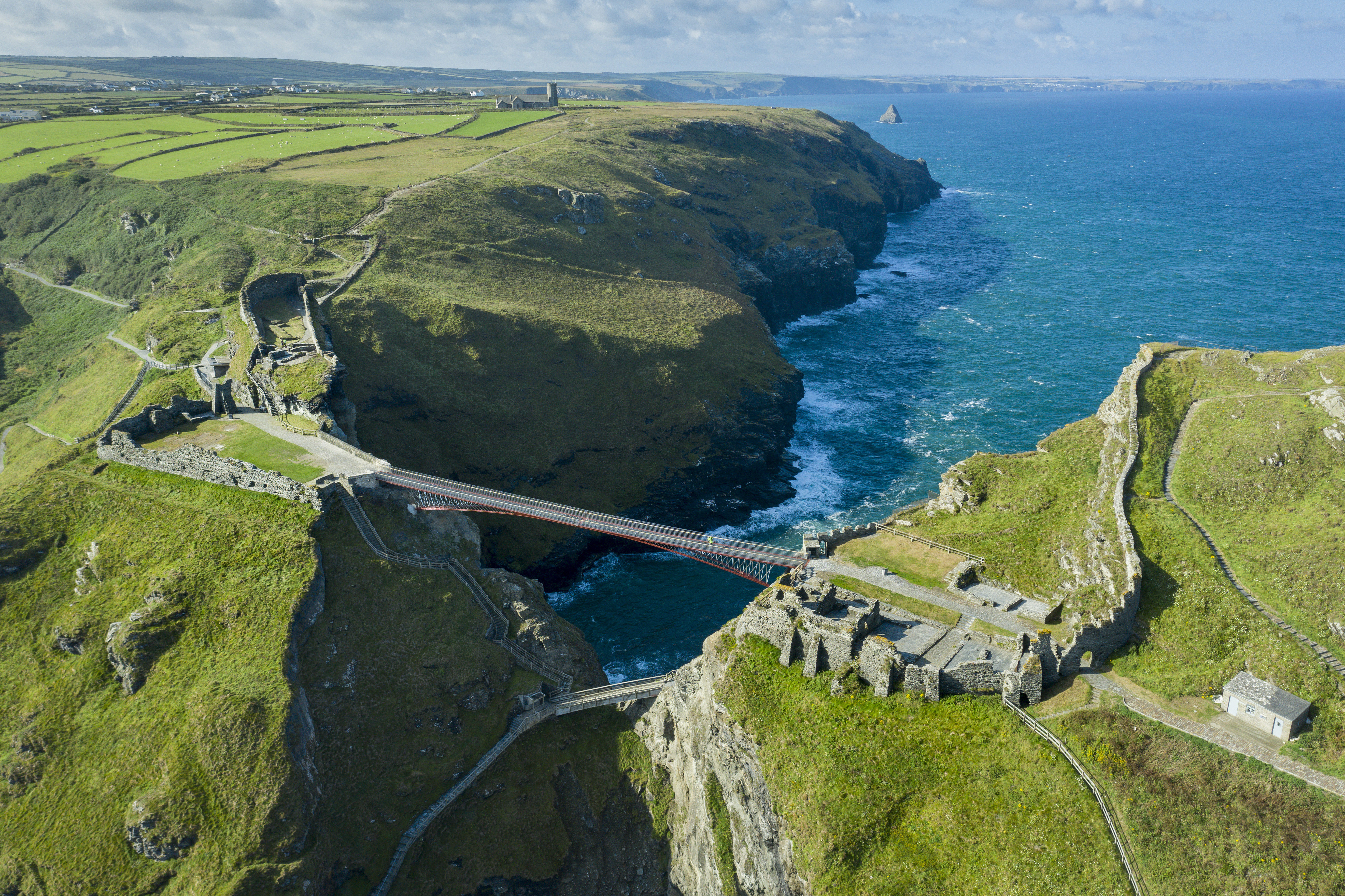
Tintagel's new bridge: Dramatic, contentious and finally open to visitors
The new bridge has opened at Tintagel Castle in Cornwall, one of the most dramatic spots in Britain, and a place
Country Life is unlike any other magazine: the only glossy weekly on the newsstand and the only magazine that has been guest-edited by HRH The King not once, but twice. It is a celebration of modern rural life and all its diverse joys and pleasures — that was first published in Queen Victoria's Diamond Jubilee year. Our eclectic mixture of witty and informative content — from the most up-to-date property news and commentary and a coveted glimpse inside some of the UK's best houses and gardens, to gardening, the arts and interior design, written by experts in their field — still cannot be found in print or online, anywhere else.
-
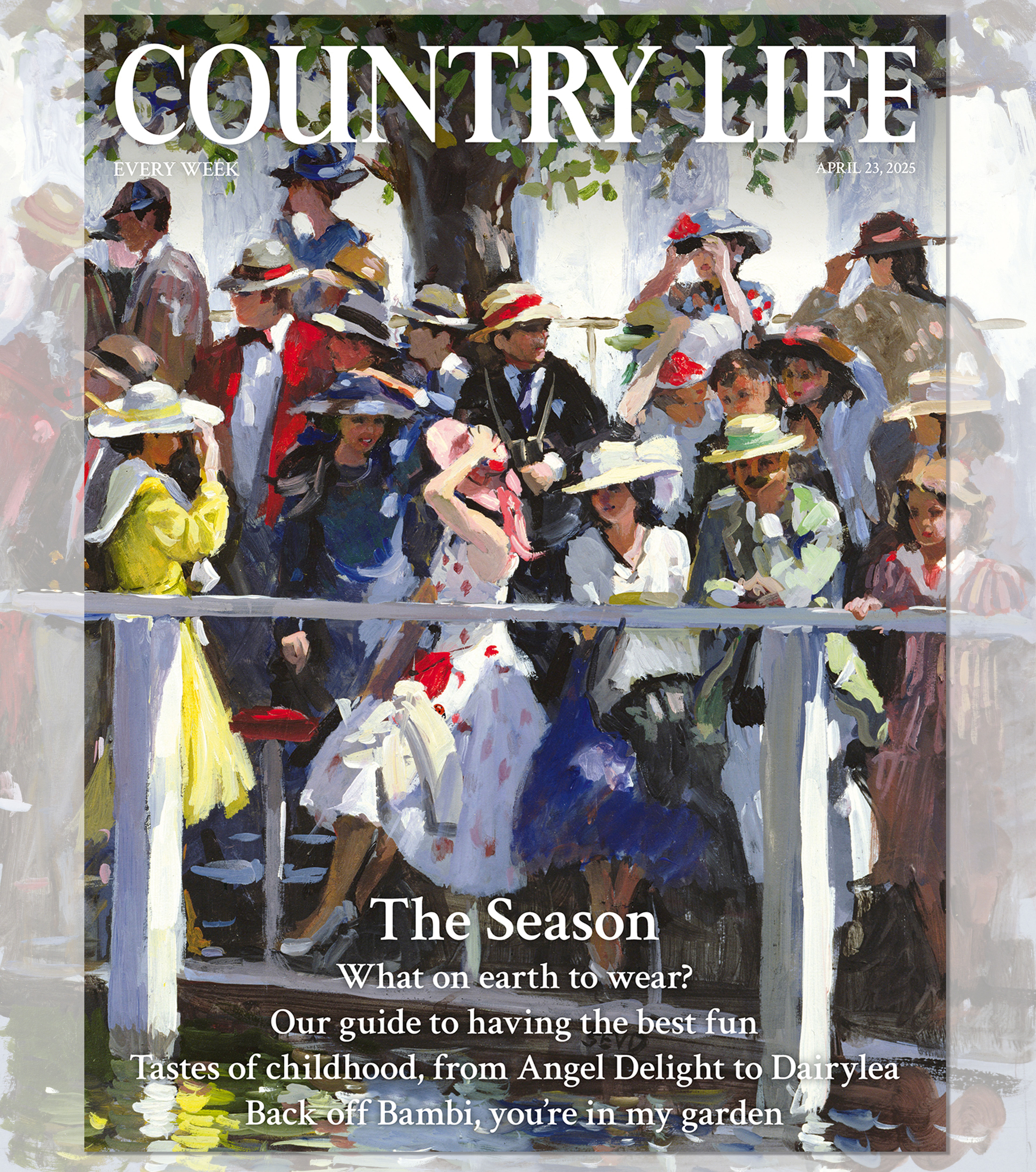 Country Life 23 April 2025
Country Life 23 April 2025Country Life 23 April 2025 looks at how to make the most of The Season in Britain: where to go, what to eat, who to look out for and much more.
By Toby Keel
-
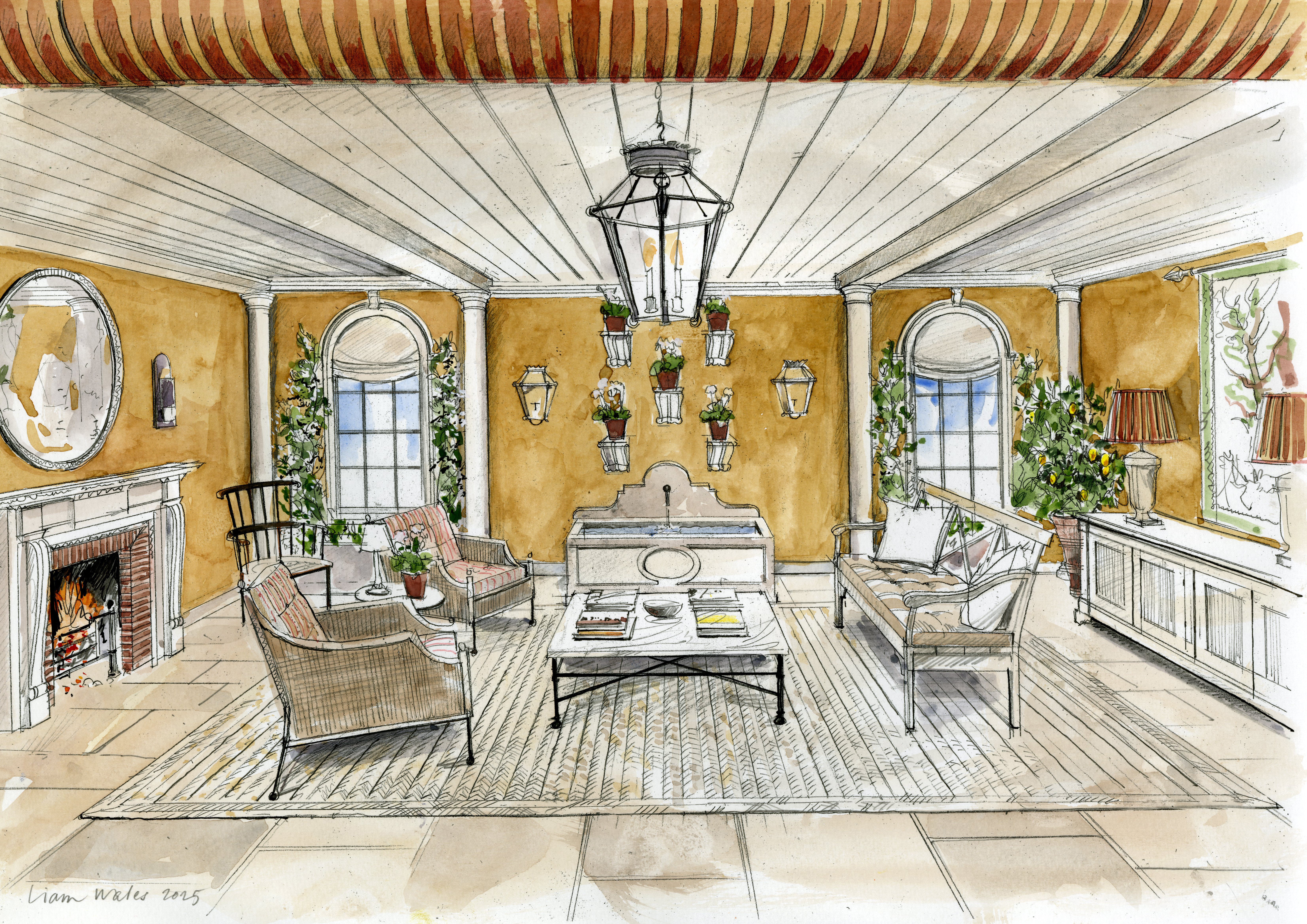 The big reveal: A first look at Country Life's RHS Chelsea Flower Show stand
The big reveal: A first look at Country Life's RHS Chelsea Flower Show standInterior designer Isabella Worsley reveals her plans for Country Life’s ‘outdoor drawing room’ at this year’s RHS Chelsea Flower Show.
By Country Life